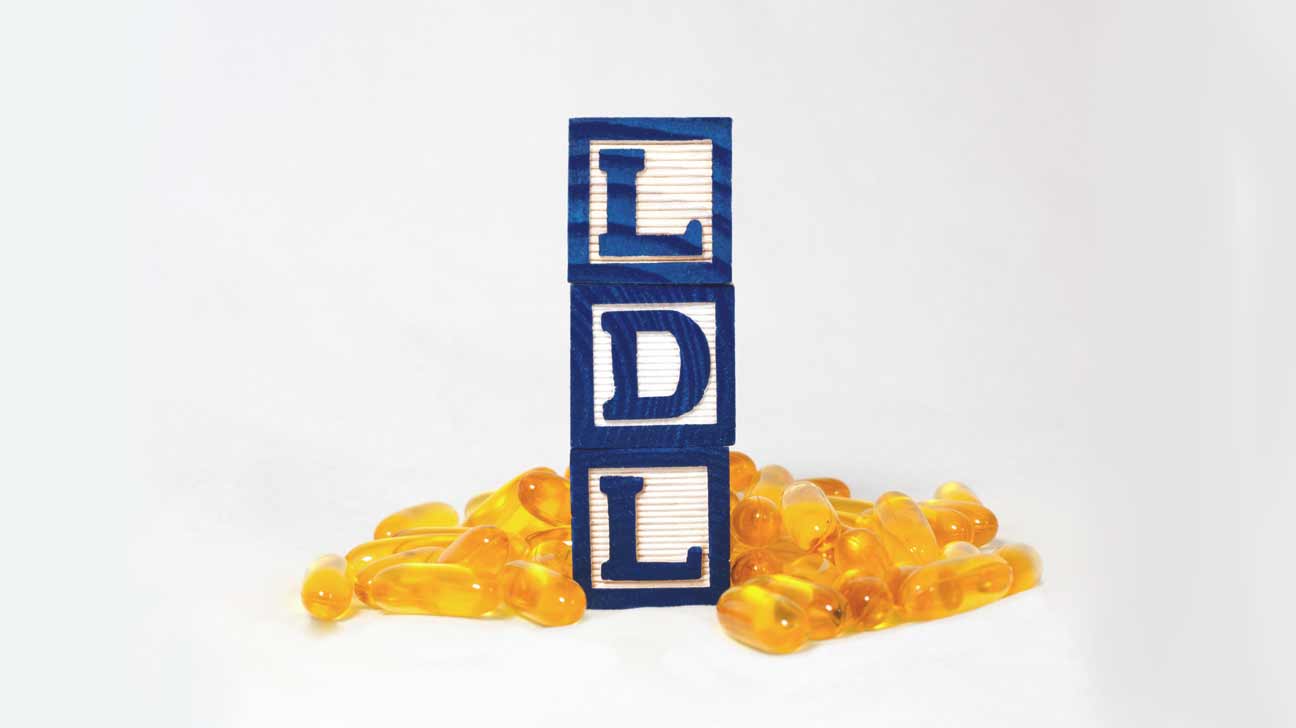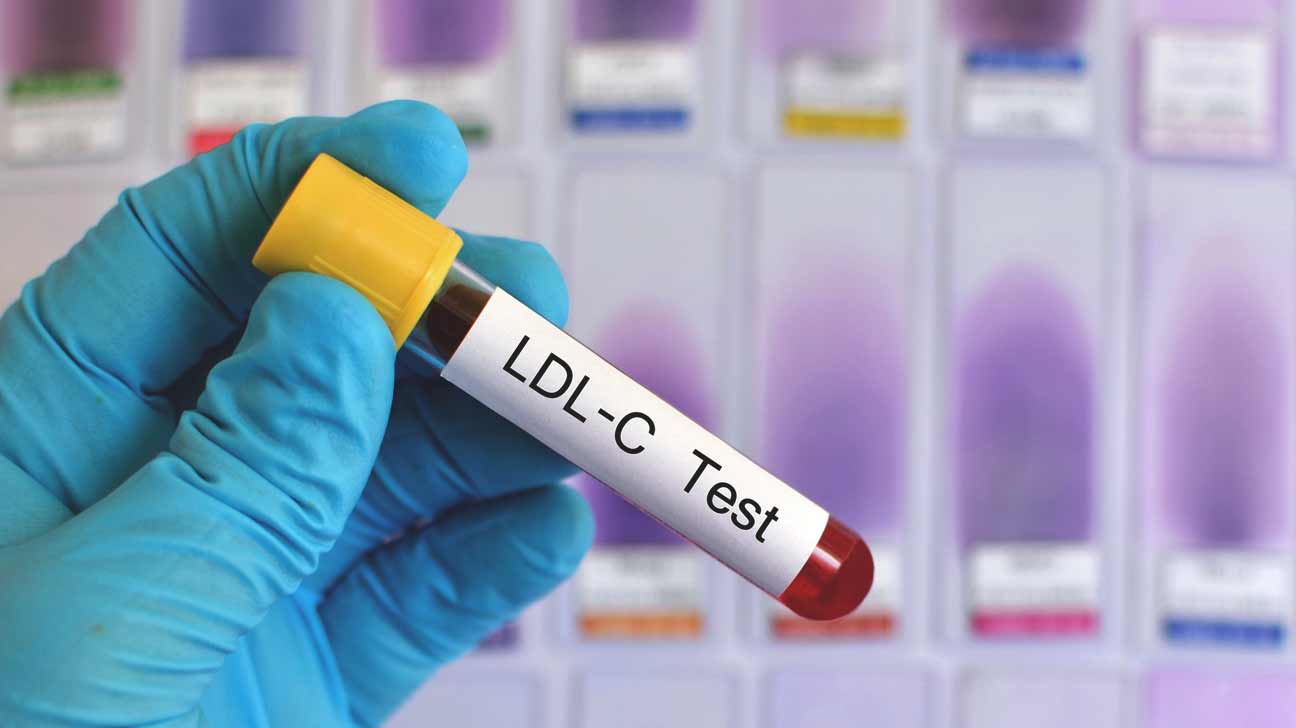Optimal health is more than just what you eat. While whole foods are a cornerstone to achieving long-term health, it is not enough to maximize your health if you do not include other important practices, like relaxation, meditation, or regular exercise. Exercise and moving your body on a consistent basis is a key strategy to help you optimize your health and avoid several chronic health problems.1 If you struggle with your health, you may have an adverse reaction to the word exercise.
This probably is because you assume that exercise consists only of lifting weights or long-distance running. The reality is that any type of movement is beneficial as long as you do it consistently. The key to exercise is finding the best type of movement for your body and lifestyle.
Generally speaking, there are many different kinds of exercise such as resistance training and strength conditioning, low intensity cardio, and flexibility and stretching exercises. There are also high intensity programs that incorporate brief intervals and jumping movements like plyometric exercises. All types of movement can benefit you and enhance your health. What is important is that you strive for a flexible program of exercise that you can start and commit to consistently in the long haul. Below are many different types of exercise and some of their key benefits.
- Non exercise movement: Simple everyday activities and house duties such as cooking, working on your garden and doing laundry and cleaning are all types of movement. Several studies suggest that prolonged sitting increases your risk of diabetes and heart disease and many other chronic health conditions even if you exercise vigorously on a consistent basis. Sitting or being inactive for a prolonged period of time has also been found to be associated with reduced life expectancy. Fortunately, if you find yourself sitting for an extended period of time (e.g., working a desk job), you need only stand periodically to undo the negative effects of sitting. Try stretching and moving about 2 to 3 times every hour to promote optimal health.
- Low intensity cardio exercises: Any movement that maintains you at 50 to 70% of your maximum heart rate, such as brisk walking or jogging. It improves your cardiovascular condition, lowers your resting heart rate and blood pressure, helps to increase your HDL, preserves your cognitive functioning and lowers your risk for many chronic conditions like cancer, diabetes and heart disease. When you walk or jog, aim for 30 to 60 minutes, 3-4 times a week.
- Strength training: Lifting weights or doing full body weight exercises is important and necessary for optimal health. Adding a strength and conditioning program to your exercise program is key to preserving lean muscle mass. Strength training helps you to improve your metabolism, strengthens your bones, elevates your mood, helps you to sleep better and increases levels of endogenous opioids that decrease pain. Strength training can also help to optimize your hormone levels. Lifting heavy weights with brief rest periods will help you to produce more human growth hormone and testosterone. It is a known fact that levels of important hormones like growth hormone decline with age. Engaging in strength training twice a week is all that is necessary to preserve muscle tone.
- High intensity, brief exercises: Doing sprints or high intensity interval training has several distinct advantages. First and foremost, it saves you a whole lot of time. Doing 6-8 rounds of all out sprints for 15-30 seconds and taking 1-2 minute rest periods will amount to no more than 20 minutes. Anyone can squeeze 10 to 20 minutes during their day. In addition, brief, high intensity exercises may help you to enhance your metabolism, burn fat, increase your production of growth hormone and elevate your cardiopulmonary capacity more so than long periods of low intensity cardio exercise. If your goal is to lose weight, incorporate high intensity interval training 2 to 3 times a week.
- Flexibility training programs: Yoga or Pilates have a number of key benefits as well. They can help you to stay limber, strengthen your core, improve balance, attention and concentration, reduce pain and elevate your mood. Many studies have found that adding a yoga practice reduces feelings of anxiety and depression.2
There are several other benefits to consistent exercise. Research has found that regular exercise can also help you to reduce systemic inflammation by enhancing your body’s production of the anti-inflammatory, cytokine interleukin (IL)-10.3 Cytokines are chemical messengers that work to orchestrate your body’s immune system and inflammatory response. Strive to exercise for 30 to 45 minutes, four to five times per week to achieve optimal physical and mental health. And, remember to have fun and play with your workouts. Vary your workouts, avoid sitting for an extended period of time and try adding brief, intense exercise routines a couple times a week.
To your health,
Dr. Sandoval
To learn more about how working with a psychologist and holistic health coach can help you to enhance your health and well-being, call or email Dr. Sandoval to schedule a free consultation.
- Metzl, J (2013). The Exercise Cure: A Doctor’s All-Natural, No-Pill Prescription for Better Health and Longer Life.
. Ratey, JJ (2013). Spark: The Revolutionary New Science of Exercise and the Brain.
O strowski, K, Rohde, T, Asp, S., Schjerling, P, and Pedersen, BK “Pro- and anti-inflammatory cytokine balance in strenuous exercise in humans.” Journal of Physiology. (1999), 15; 515(Pt 1): 287–291.
The information, published and/or made available through the www.drjosesandoval.com website, is not intended to replace the services of a physician, nor does it constitute a physician-patient relationship. This blog is for informational purposes only and is not a substitute for professional medical advice. You should not use the information in this post for diagnosing or treating a medical or health condition. You should consult a physician in all matters relating to your health, particularly in respect to any symptoms that may require diagnosis or medical attention. Any action on the reader’s part in response to the information provided in this blog is at the reader’s discretion.











